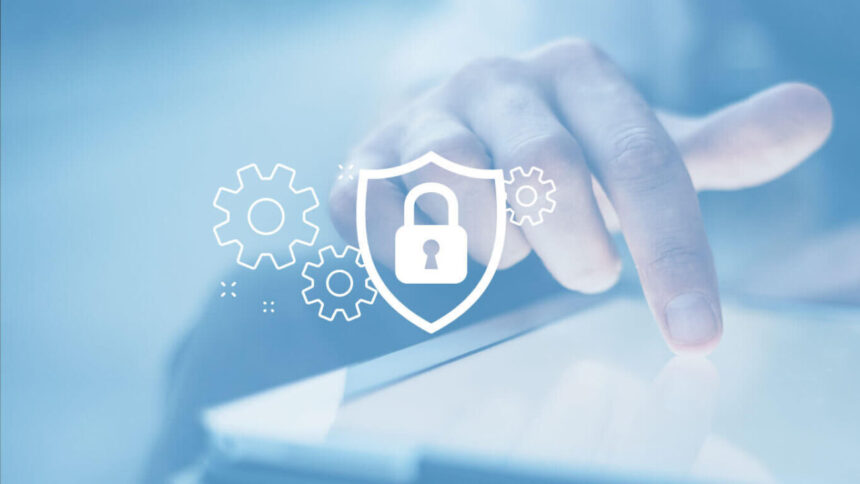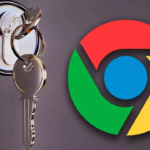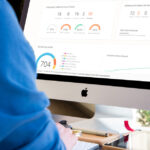When it comes to WordPress, ensuring the safety of your web project is a non-negotiable task if you want to safeguard both your online presence and the security of your clients. Similar to locking your doors and windows when leaving home, taking measures to fortify your WordPress security is imperative. Protecting your website requires sealing every potential opening that could allow malicious users access.
Ready to bolster your website’s defenses? Here are 12 effective strategies to enhance WordPress security. Keep reading!
Table of Contents:
- Secure wp-admin and wp-login
- Alter the WordPress Access URL
- Banish the “admin” Username
- Embrace a Robust Password
- Restrict Failed Access Attempts
- Exercise Caution with Plugins
- Keep WordPress Version Up-to-Date
- Regularly Backup Your Website
- Employ a WordPress Security Plugin
- Change the Database Prefix
- Keep Your Website Spam-Free
- Invest in Quality Hosting
Why Should You Implement These Measures? Isn’t WordPress Secure?
Recap: 12 Ways to Boost WordPress Security
- Secure wp-admin and wp-login: Protecting the WordPress login entails creating a pre-login process that necessitates users to input a username and password before accessing the WordPress login panel. Use the .htaccess file to safeguard the wp-admin directory. If you’re using cPanel, the process is straightforward.
- Access cPanel and navigate to the “Directory Privacy” section under Files.
- Choose the “public_html” folder.
- Specify the directory you want to protect (e.g., “wp-admin”) and set a secure username and password.
- Alter the WordPress Access URL: Changing the default access URL (e.g., www.yourdomain.com/wp-admin/) adds an extra layer of security against hacking attempts. Plugins like WPS Hide Login simplify this process for those seeking an easier solution.
- Banish the “admin” Username: Eliminate the default “admin” username during the WordPress installation process. This simple change adds an additional hurdle for potential cyber attackers.
- Embrace a Robust Password: Create a strong password rated high on the WordPress security scale (0-100). Utilize tools like LastPass to generate complex passwords with special characters, uppercase letters, and numbers. Regularly update passwords and avoid using the same one across multiple accounts.
- Restrict Failed Access Attempts: Limit the number of failed login attempts to protect against brute force attacks. This measure, often included in security plugins like Wordfence, safeguards your website by blocking users with multiple failed login attempts from the same IP.
- Exercise Caution with Plugins: Choose plugins wisely by following best practices. Limit their use, keep them updated, and uninstall unnecessary plugins to minimize potential vulnerabilities.
- Keep WordPress Version Up-to-Date: Regularly update WordPress to benefit from security patches and enhancements. Using an outdated version is akin to leaving a door unlocked, making it easier for attackers to exploit vulnerabilities.
- Regularly Backup Your Website: Performing regular backups is non-negotiable. Backup your website consistently to mitigate risks associated with hacking, plugin compatibility issues, or unintended changes.
- Employ a WordPress Security Plugin: Enhance your security with dedicated WordPress security plugins like Wordfence Security or iThemes Security. These plugins offer features such as site scans, real-time threat detection, and protection against brute force attacks.
- Change the Database Prefix: Safeguard your database, where all your web information is stored, by changing the default wp_ prefix. This measure adds an extra layer of defense against potential attackers.
- Keep Your Website Spam-Free: Combat sploggers and fake users by implementing measures to prevent spam. Plugins like Akismet and CAPTCHA systems act as barriers, detecting and blocking spam content and malicious code injection attempts.[Link to Preventing Spam Guide]
- Invest in Quality Hosting: Choose a reputable hosting provider that prioritizes security. Quality hosting, like our plans, includes anti-hack and anti-spam measures. The CageFS system ensures server accounts are virtually isolated, providing a stable and secure platform.
Why Should You Implement These Measures? Isn’t WordPress Secure?
When we stress the need to enhance WordPress security, it’s not an indictment of the software’s security. WordPress is a robust CMS, powering over 30% of websites worldwide. Its popularity, however, makes it a prime target for cybercriminals. Securing your WordPress site is akin to maintaining a shop for your business, requiring regular maintenance, including the safeguarding and improvement of its security.
Implementing these measures ensures that your WordPress site remains resilient against potential threats, providing you with peace of mind and protecting your investment. Regular security maintenance is a crucial aspect of managing a website, and fortifying your site against potential vulnerabilities is an ongoing responsibility.








